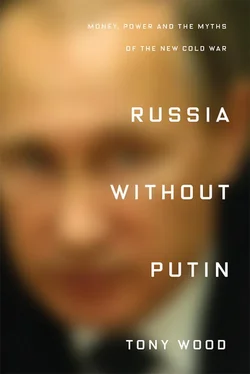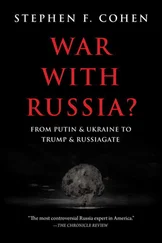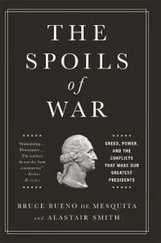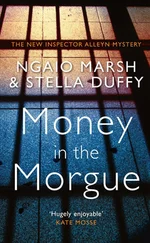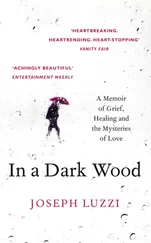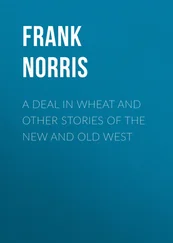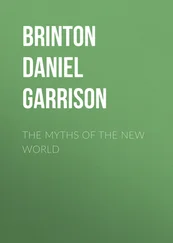The Ukraine crisis looms large in any account of recent relations between Russia and the West, for obvious reasons – it was the annexation of Crimea that first prompted the West to institute sanctions against Russia in 2014 – and less immediately apparent ones. Beneath the turmoil of events, the battle for Ukraine also exposed, and at the same time exacerbated, the dynamics that have shaped relations between Russia and the West since the end of the Cold War. Firstly, it confirmed Russia’s steady loss of influence over the former states of the USSR. In one realm after another, Moscow’s capacity to secure favourable outcomes in the region has diminished to historic lows. The Orange Revolution of 2004–05 and the toppling of Yanukovych in 2014 were the most humiliating political reversals, but there were others. In tiny Abkhazia, for instance, the very fact of Kremlin support led voters to reject Moscow’s preferred presidential candidate in 2004. And Russian attempts to establish a post-Soviet security architecture have met with uneven success. Four of the CIS states withdrew from its Collective Security Treaty to set up their own organization in 1999, named ‘GUAM’ after their initials (Georgia, Ukraine, Azerbaijan and Moldova). Meanwhile the Collective Security Treaty Organization, founded in 2002 and intended as a kind of Eurasian NATO – its members are Armenia, Belarus, Kazakhstan, Kyrgyzstan, Russia and Tajikistan – has so far been little more than a pretext for summitry.
Kremlin projects for economic integration – the Eurasian Economic Community and its 2014 successor, the Eurasian Economic Union – have fared little better. This is largely because there has been a rapid diversification of trade patterns across the former USSR: by 2009, barely 15 per cent of Russia’s trade was with CIS countries, and only two of those countries – Belarus and Ukraine – were among Russia’s top ten trading partners. Conversely, only 15 per cent of CIS countries’ imports came from Russia. {39} 39 Figures from Trenin, Post-Imperium , p. 149.
For both Russia and its neighbours, the EU was now the main partner, accounting for about half of imports and exports in each case. In effect, the disintegration of the USSR into separate political units had segued into a geopolitical and economic dispersal.
Secondly, the Ukraine crisis made clear once again the enormous disparity in power and resources between Russia and the West. In the 1990s, the prime movers in Western policy toward Eastern Europe and the former USSR had been the US and NATO, but in the 2000s it was more often the EU that drove it. In 2004, Brussels launched its ‘European Neighbourhood Project’, which called for structural reforms in adjoining countries in exchange for improved market access, an easing of visa restrictions, and financial assistance packages totalling $16 billion for 2007–2013. {40} 40 Stefan Lehne, ‘Time to Reset the European Neighborhood Policy’, Carnegie Europe , 4 February 2014.
Initially targeted at the former Soviet states bordering the countries that had just joined the EU, the programme was soon expanded to include countries on the southern and eastern shores of the Mediterranean.
In 2009, the EU launched another initiative, the ‘Eastern Partnership’, which was more specifically designed to pull the former Soviet republics into its domain. The aim, as expressed at the Prague Summit that May, was ‘to create the necessary conditions to accelerate political association and further economic integration between the European Union and interested partner countries’. {41} 41 ‘Joint Declaration of the Prague Eastern Partnership Summit’, Prague, 7 May 2009; available at consilium.europa.eu .
‘Action plans’, specifying concrete measures to be taken and standards to be met across a whole range of economic sectors and areas of government, were developed for Armenia, Azerbaijan, Belarus, Georgia, Moldova and Ukraine. At the same time, the EU began negotiations with each of these states over Association Agreements and what the EU called Deep and Comprehensive Free Trade Areas (DCFTAs).
Yet there was more to these agreements than just trade: they were also designed to bring about these countries’ alignment – or ‘higher convergence’, as the Association Agreement with Ukraine put it – with the EU’s European Security and Defence Policy, including greater military and technical co-operation with EU states. Though falling far short of actual EU membership, these Agreements were clearly an attempt to lock the former Soviet countries of Eastern Europe into the EU’s sphere of influence – and lock them out of Russia’s.
It was, of course, Yanukovych’s abrupt U-turn on the EU Association Agreement that sparked the Maidan protests in late 2013. Ukraine seemed to be caught in a choice between the EU’s free-trade agreement and the Kremlin’s project for a Eurasian Customs Union – a choice often framed by Maidan supporters in civilizational terms, as being between ‘Europe’ and ‘Asia’, between a modernizing European destiny and the backwardness of the Soviet past. Yet there were many other factors behind Yanukovych’s decision – not least a concern over the potential impact of free trade on an economy already reeling under the impact of IMF-decreed budgetary austerity. The manufacturing and extractive industries of Eastern Ukraine stood to lose a great deal from the DCFTA. Conversely, many Western Ukrainians desperately wanted legal paths for labour migration to EU countries, where wages were significantly higher. {42} 42 For a balanced discussion of the stakes around the Association Agreement, see Volodymyr Ishchenko, ‘Ukraine’s Fractures’, New Left Review 87, May–June 2014.
These divergent socio-economic interests often mapped onto other kinds of internal difference in Ukraine, generating significant public support for both the ‘Europeanist’ and ‘Russian’ alternatives. But there were huge asymmetries in the power and resources of the two.
Despite the Kremlin’s mounting concern over the prospect of Ukraine joining NATO and becoming more closely integrated with the EU, it was unable to make Kiev a genuinely better offer. Putin’s plan to buy $15 billion of government debt and give Ukraine deep discounts on gas came too late to help Yanukovych, but it wouldn’t have made much difference if it had been offered earlier. Russia simply could not match the West’s combined economic and ideological appeal.
Just as important, Russia also lacked the power to persuade the West not to absorb Ukraine into its sphere of influence. The aggressiveness of the Kremlin’s response to the Maidan protests was in part driven by fear that their example would encourage protesters at home. But Russia’s words and deeds were at the same time very much aimed at the West. Prior to Yanukovych’s fall, Russia sought to delay as long as possible the arrival of an unambiguously pro-Western government in Kiev. After his removal from power in February 2014, the Kremlin lost its political leverage there. Its subsequent moves – annexation of Crimea, support for armed separatists in the Donbass – were first and foremost attempts to shake the West’s tightening grip on Ukraine. If significant portions of the country were turned into either war zones or contested territories, perhaps the EU and NATO would think twice about offering Ukraine membership. But despite the Kremlin’s references at the time to ‘Novorossiia’ – the old tsarist name for the lands along the Black Sea’s northern shore, hinting at a potential claim to more of Ukraine’s territory – these actions were tactical improvisations rather than part of a long-held plan to dismember Ukraine. The Kremlin was in effect frantically drawing one line in the sand after another, lines the West kept blithely ignoring. The rapid escalation of Russia’s response and the very crudity of its methods were in themselves a measure of the asymmetry of power between it and the West.
Читать дальше
